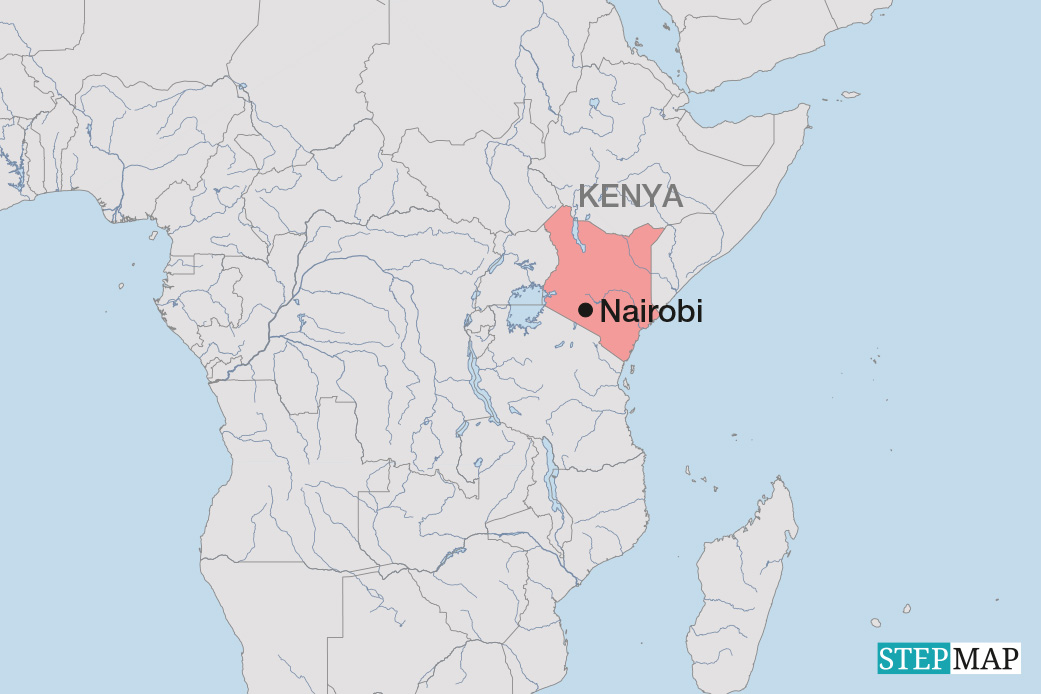Simple solutions
Infrastructure and socioeconomic development are like the chicken and the egg. No one can say which came first. The one depends on the other.
Anyone who occasionally looks at cities in different parts of the world from an airplane window can tell to what extent rich regions are marked by roads, canals, railway lines and the like. When approaching Frankfurt, for instance, one can see multi-lane motorways fanning out in all directions and high-speed rail links with Stuttgart, Cologne, Berlin and Munich. The River Main is regulated by barrages, which also serve to generate electric power. And what first-time visitors from Asia or Africa may mistake for peripheral slum settlements are in fact leisure facilities – not homes for the poor, but well fertilised gardening allotments. A special indicator of prosperity is that important elements of Frankfurt’s infrastructure are not visible from above. Sewers, power lines and the fixed-line telephone network are all underground. And so is most local rail transport in the downtown area.
Third World cities look very different. Typically, one major road links the airport with the centre. Otherwise, tracks and lanes dominate on the outskirts; and on top of that, there is a number of narrow country roads. Buses are stuck in jams, and train services often operate on only one line. They tend to be a colonial legacy, connecting the resource-rich hinterland with a seaport. Sewage water is stagnant in open drains; and in the rainy season, even some residential streets become mud baths.
The contrast is so striking that experts long believed infrastructure was the key to economic progress. In the early days of development policy, roads, bridges and power stations were built, wells were drilled and dams were constructed. Sadly, the fruits of such ventures were often meagre. Ambitious projects were imposed from outside and quickly fell apart.
Lessons were learned, giving rise, among other things, to the World Bank’s renowned predilection for private-sector solutions. One of its plausible arguments is that competitors generally operate more efficiently than do state-owned monopolies. Another one is that user fees help to make sure that the client community develops a sense of ownership of operational infrastructures.
Nonetheless, it would be foolhardy to simply bank on the private sector. Markets systematically neglect the poor who do not command the purchasing power to make any demands as consumers. Moreover, free-market ideology fails to acknowledge that infrastructures are often based on natural monopolies. Rail, cable, even road networks are cases in point. Private-sector owners of such networks pursue business interests – and will assert them whenever possible. That is why regulation matters so much, and why government agencies continue to play important roles in providing infrastructure in many industrialised nations.
Nonetheless, politicians are well advised to stay modest. Infrastructures need to be appropriate for the society they are supposed to serve. They need the right dimensions. Prestige projects achieve little in the fight against poverty, whereas small-scale, unspectacular but reliable infrastructures can make an enormous difference. Where a truly national grid is beyond a country’s financial reach, for instance, decentralised power supply systems are the adequate solution – not a second-best one. Striking the right balance is probably the hardest part of all.








